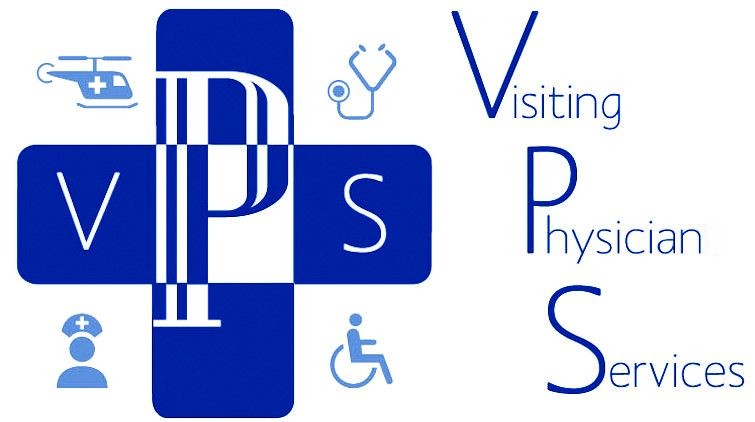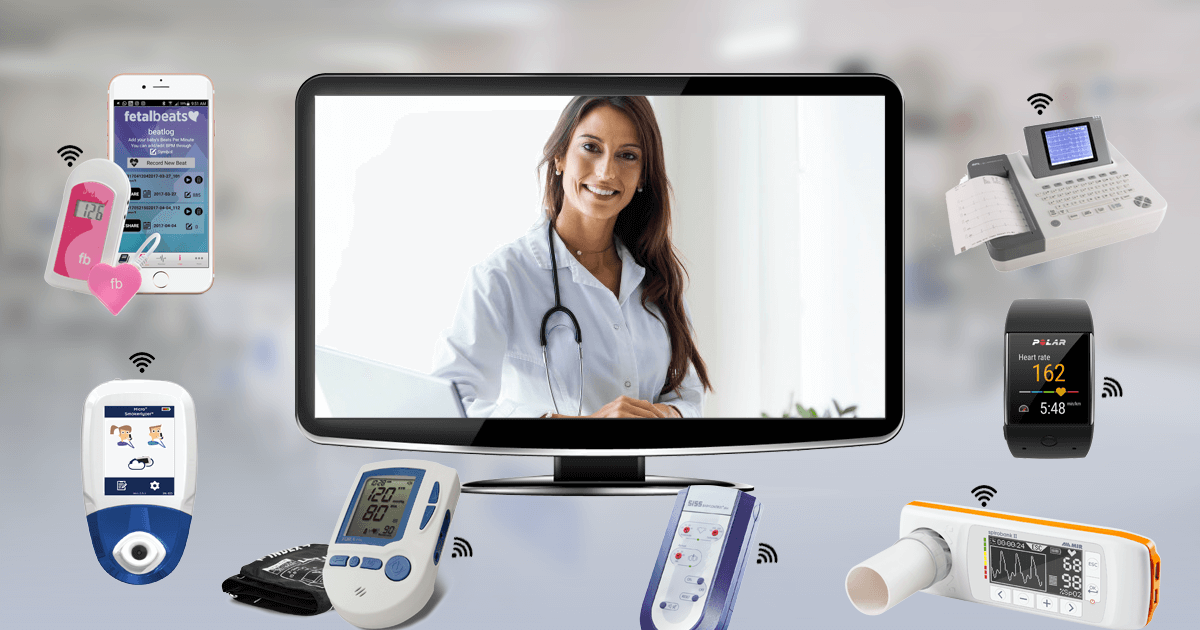Telehealth and remote patient monitoring (RPM) are two distinct but complementary components of remote healthcare. Here are the key differences between telehealth and RPM:
Telehealth:
Telehealth refers to the provision of healthcare services remotely using technology. It involves real-time interactions between healthcare providers and patients, typically through video calls, phone calls, or secure messaging platforms. Telehealth focuses on virtual consultations, medical advice, diagnosis, treatment, and patient education. It allows patients to receive healthcare services from a remote location without having to visit a healthcare facility, increasing access to care, and reducing geographical barriers.
Advantages of Telehealth:
- Direct patient-provider communication for consultations, diagnosis, and treatment.
- Eliminates the need for in-person visits, providing convenience and saving time.
- Improves access to healthcare services, especially for individuals in remote areas or with limited mobility.
- Allows for immediate medical advice, reducing unnecessary emergency room visits.
- Facilitates continuity of care by enabling follow-up visits and monitoring progress.
The Benefits of Choosing A Home Visiting Physician Over Traditional Healthcare Options

Remote Patient Monitoring (RPM):
RPM involves the continuous collection, transmission, and analysis of patients’ health data from a remote location. It utilizes wearable devices, sensors, or other monitoring technologies to track patients’ vital signs, symptoms, and other health-related data. The collected data is securely transmitted to healthcare providers who can remotely monitor the patients’ health conditions, intervene when necessary, and make informed decisions about their care management. It is particularly beneficial for managing chronic conditions, post-operative care, and remote disease surveillance.

